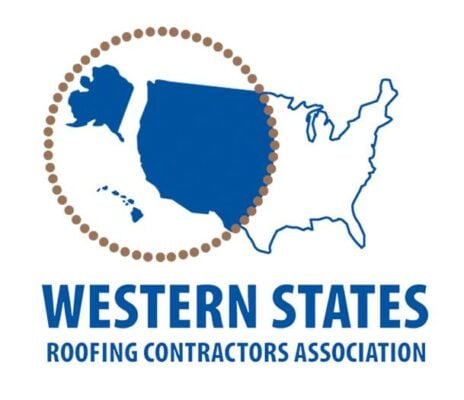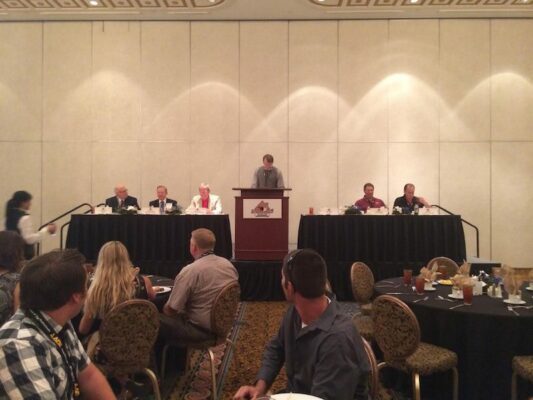Future of Sustainable Roofing
Recently The Wedge Roofing team attended the 40th Annual Western Roofing Contractors Association Expo. The expo focused on the future of the roofing industry, offering discussions on improvements to established roofing systems and products, while also offering a glimpse into the new, cutting-edge future of roofing through new materials and developments to energy-efficient roofing.
Throughout the Expo, we were afforded the opportunity to attend discussions and symposiums that focused on the roofing industry’s progress towards sustainable building, environmental protection and energy conservation.

At the 40th Annual Western Roofing Contractors Association we reflected on the rapidly changing face of our industry. Much like Wedge Roofing itself, the roofing industry on a whole is focusing its energy on providing sustainable, environmentally friendly roofing options for clients that enhance and protect their property without compromising the land that each property inhabits.
One such symposium, titled “Critical New Information About OSB and Wood Panel Roof and Deck Sheathing That May Affect Your Next Reroofing and/or Deck Waterproofing Projects,” focused on sustainable building materials and provided a brief history and comparison of plywood versus oriented strand board (OSB) the two most commonly utilized materials for the re-sheathing of a re-roofing project.
A portion of this symposium dealt with something that the Wedge Team has known for years; the multiple benefits within the utilization of OSB (a sustainable, bonded wood board, made from self-regenerating wood sources) instead of plywood. OSB, which is commonly used for sheathing for re-roofing has additional versatility in the manufacturing process, which allows for varying dimensions far beyond what plywood can attain. OSB lengths, in excess of 16 feet versus plywood’s traditional 8- to 10 feet, are available.
According to the APA-The Engineered Wood Association, which states, “there’s no real difference between the two panels; OSB’s and plywood’s structural characteristics are equivalent, they can be used interchangeably.” That is true: both are rated Exposure 1 for temporary vulnerability to weather exposure; they have equivalent nail withdrawal resistance and they’re installed using the same methods and construction details.
OSB has a more consistent density. A sheet of plywood constructed in varying amounts of layers (plies) from 3 to 7, may suffer when knotholes in any two of the plies are in alignment. OSB is manufactured with up to 50 layers packed and compressed to form the desired thickness, thus eliminating the potential for weak spots with the alignment of knotholes.
In addition to the structural benefits, OSB has a lower cost per unit when compared to plywood. A significant reason for this pricing point is attributable to the fact that OSB is manufactured from a rapidly renewable source. According to the Structural Board Association (SBA) which represents the OSB industry, “prior to the expansion of the OSB industry, Aspen was considered a weed and was killed by spraying, knockdown during harvesting or left at landings for burning.” The wood (used to manufacture OSB) comes from sustainable self-regenerating forests or plantation woodlot thinning’s”.
About the Western States Roofing Contractors Association: Wedge Roofing is a proud member of the WSRCA, which has been servicing the western United States roofing profession since 1974. Their members are educated, professional roofing contractors and vendors who are committed to providing the highest quality service to customers. The 2014 WSRCA Expo raised $41,000 for the Davis Memorial Foundation supporting a well-educated construction industry through scholarships and grants.

